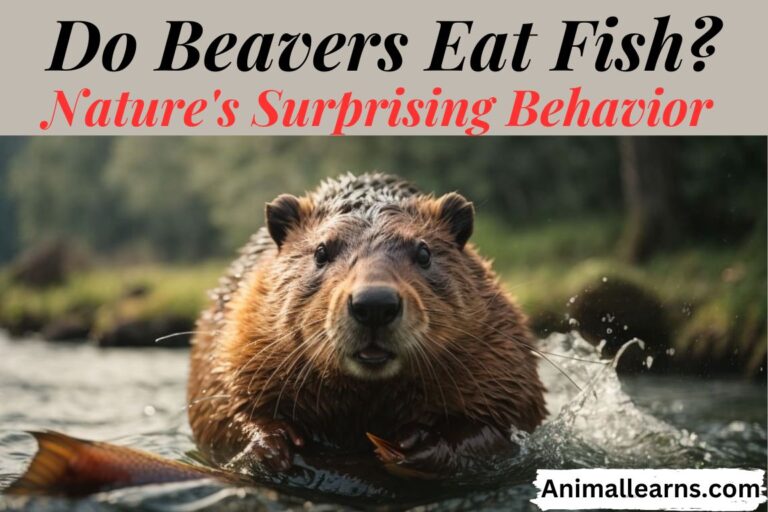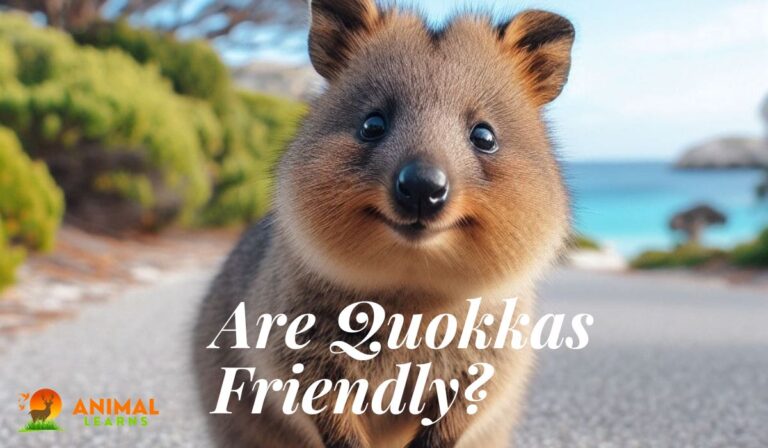12 Types of Animals With Big Foreheads (Pictures)
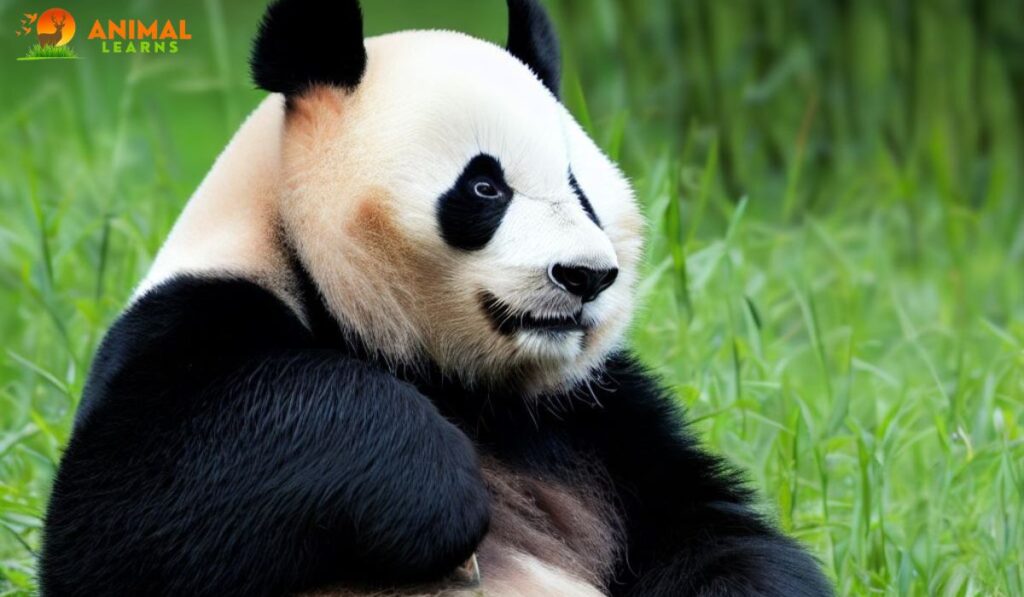
Have you ever wondered why some animals with big foreheads? You might think they are just a sign of intelligence, but there is much more to it than that. These foreheads are actually amazing adaptations that help these animals survive and thrive in their habitats. They can store food, protect the brain, and even attract mates!
For example, gorillas use their large foreheads to show off their strength and status. Elephants are another example of smart animals with big foreheads.
But big foreheads are not only found in land animals. Some of the most fascinating examples are in the ocean, where you can find fish like the Green Humphead Parrotfish and the Napoleon fish. These fish have huge foreheads that help them break coral and dig for food.
Big lips animals, big eared animals, and big-forehead animals each have their place in the fascinating tapestry of nature.
In this article, we’ll explore 12 amazing animals that have the biggest foreheads and why they have them. You’ll learn how their foreheads help them survive, communicate, and even show off in the wild.
African Elephants are the Animals With Big Foreheads
Contents

The elephant is one of the most amazing Animals With Big Foreheads. The forehead of an African Elephant is not just for show, it’s actually a very important part of the elephant’s body. It helps the elephant use its trunk, which is like a long nose that can do many things.
The elephant can use its trunk to eat, drink, talk, and even breathe underwater. The trunk is attached to the forehead by a strong bone and tissue that keep it in place.
It makes the elephant stand out from other animals and shows its strength and dignity. The forehead is like a crown that the elephant wears with pride. It also represents the elephant’s long history and its struggle to survive in the wild.
Sadly, many elephants are killed by poachers who want their tusks or by people who destroy their habitats. That’s why we need to protect these amazing animals and their big foreheads. They are a symbol of hope for the future of these gentle giants.
Gorilla
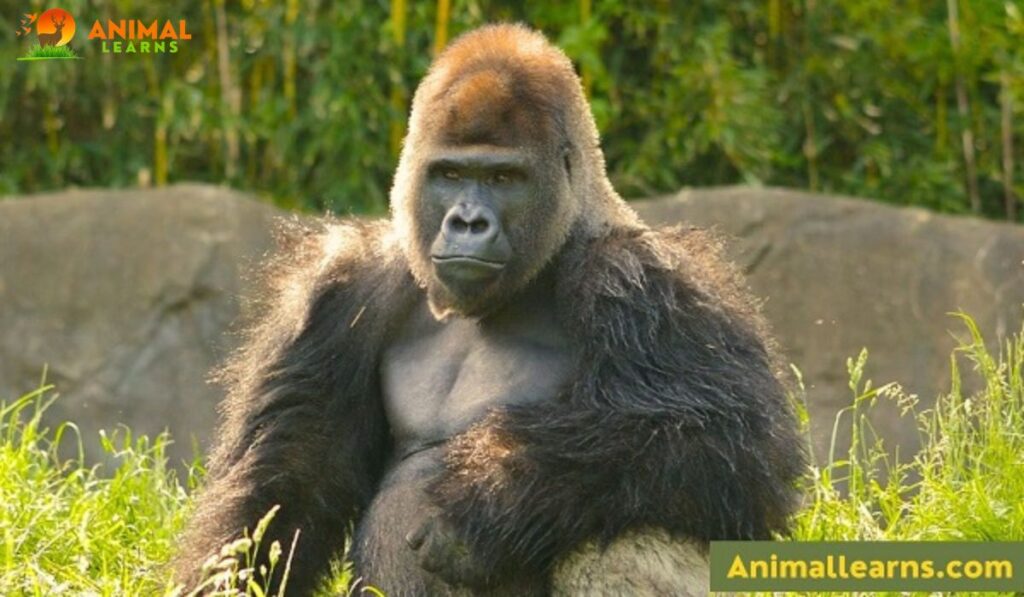
If you ever meet a gorilla in the wild, you might be stunned by its huge forehead. The Gorilla is one of the most powerful Animals With Big Foreheads. This forehead is not just a big bump on its head, it’s actually a very important part of the gorilla’s life.
It shows how strong and powerful the gorilla is, and how it rules over its group of family and friends. The forehead also has a hard ridge on top, which helps the gorilla fight off enemies and protect its territory.
But the forehead is not just a weapon, it’s also a sign of intelligence. Gorillas are very smart animals that can use tools and communicate with each other. They live in harmony with their environment, using their skills and teamwork to find food and shelter. They also have feelings and emotions, just like us.
Some people cut down the forests where gorillas live, or hunt them for their meat or body parts. That’s why we need to respect and protect these amazing animals and their big foreheads. They are a symbol of beauty and wisdom in the natural world.
Koala
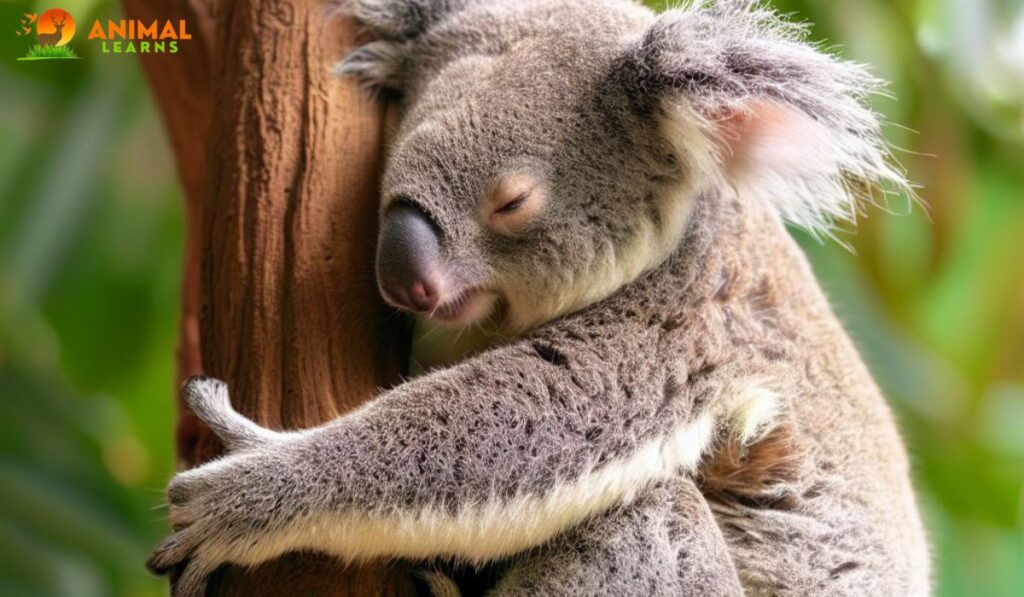
When you think of a koala, you probably picture a cute and cuddly animal with fluffy ears and a round nose. But did you know that koalas also have big foreheads? The koala is one of the most amazing Animals With Big Foreheads.
You might not notice them at first, but they are actually very important for the koala’s survival. They help the koala eat its favorite food: eucalyptus leaves.
Eucalyptus leaves are not easy to eat. They are hard, dry, and full of chemicals that can make other animals sick. But koalas have adapted to this challenge by developing strong jaws and big foreheads.
Their foreheads have special bones and muscles that attach to their jaws and allow them to chew and crush the leaves. This way, they can get the nutrients and water they need from the eucalyptus.
So, the next time you see a koala, don’t just admire its fur and face. Take a closer look at its forehead and appreciate how nature has given it a clever solution to live in the eucalyptus forests of Australia.
Giant Pandas

The “large forehead animal,” the giant panda, is easily recognizable and a truly distinctive member of the bear family. This forehead is not just a cute feature, it’s actually a very important part of the panda’s life.
It helps the panda eat its favorite food: bamboo. Bamboo is not easy to eat. It is hard, tough, and low in nutrients. But pandas have adapted to this challenge by developing strong jaws and big foreheads.
Their foreheads have special bones and muscles that connect to their jaws and allow them to bite and break the bamboo. This way, they can get enough food and energy from the bamboo.
Sumatran Rhinoceros

A Sumatran Rhinoceros has a huge forehead that might have amazed you if you’ve ever seen one. This forehead is not just a big lump on its head, it’s actually a very useful part of the rhino’s life. It helps the rhino eat and move in the forest.
The rhino loves to eat plants, especially leaves, twigs, and fruits. But these plants are not easy to reach or pick. That’s why the rhino has a special lip that can grab and pull them. This lip is attached to the forehead by a strong bone and muscle that keep it steady.
But when it comes to Animals With Big Foreheads, they are not just tools; they’re also symbols. They showcase how amazing and rare these creatures are, and how they need our help to survive. The rhino is one of the most endangered animals in the world, because of people who hunt it or destroy its home.
That’s why we need to respect and protect these wonderful animals and their big foreheads. They are a symbol of beauty and strength in the natural world
Capuchin Monkey

If you ever visit the forests of Central and South America, you might encounter a small monkey with a big brain: the capuchin monkey. This monkey has a special feature that you might not notice at first: its forehead. This forehead is not just a part of its face, it’s actually a very important part of its life. It helps the monkey use its hands, which are very clever and skillful.
Capuchin monkeys are very smart animals that can use tools and solve problems. They use their hands to pick up and manipulate objects, such as stones, nuts, or sticks. Their forehead gives them the space and flexibility to move their fingers and thumbs. This way, they can crack open nuts, dig for insects, or catch small animals.
Capuchin monkeys are very social animals that can communicate and cooperate with each other. They use their forehead to express their emotions and intentions, such as curiosity, anger, or playfulness. They also use their forehead to groom and bond with their friends and family.
Muskox
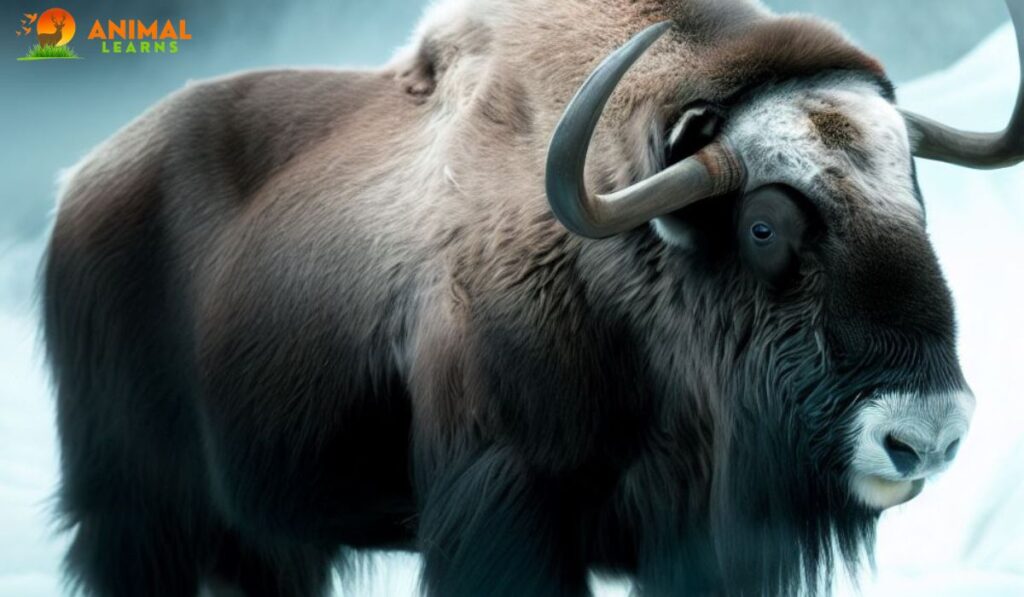
The Muskox is one of the most amazing Animals With Big Foreheads. This amazing animal has a secret weapon: its forehead. The muskox has a thick, shaggy coat that keeps it warm, but its forehead is what makes it stand out.
It has a pair of powerful horns that curve down and then up, forming a shield that covers its face. This shield is not just for decoration; it’s a lifesaver when it comes to fighting off enemies like wolves and polar bears.
The muskox uses its forehead to bash and stab its attackers, protecting itself and its herd. It also uses its forehead to settle disputes with other muskoxen, showing who’s the boss. The muskox’s forehead is a symbol of its strength and adaptability in the harsh Arctic environment. The muskox is a true survivor, thanks to its amazing forehead.
Mandrill Baboon

Imagine a monkey with a big forehead and a colorful face. That’s the Mandrill Baboon, one of the most striking primates in the world. The Mandrill lives in the rainforests of Central Africa, where it forms large groups called troops. The leader of the troop is a male Mandrill who has the brightest face and the biggest forehead of all.
His face is a mix of blue and red, making him stand out among the green leaves. His forehead is also important, as it helps him communicate and show his status to other Mandrills.
Mandrills are not picky eaters, they eat fruits, leaves, insects, and even small animals, depending on what they can find. They are very adaptable and smart, but also very shy and hard to spot in the wild. The Mandrill Baboon is a fascinating animal with a big forehead that makes it unique and beautiful in its own way.
Bottlenose Dolphin

Animals With Big Foreheads like bottlenose dolphins don’t use their foreheads just for looks; they are actually powerful organs that help them see and talk underwater. The forehead of a bottlenose dolphin is called a melon, and it works like a sonar. The melon sends out sound waves that bounce off objects and come back to the dolphin’s ears.
This way, the dolphin can find food, talk to other dolphins, and even map out its environment. The melon is like a super-sense that gives the dolphin an edge in the ocean. But that’s not all.
Bottlenose dolphins are also very social, playful, and adaptable animals. They form strong bonds with their pod members, have fun with each other, and can live in different habitats. Bottlenose dolphins are truly amazing animals with foreheads that make them special and awesome in their own way.
Orangutan

The Orangutan is one of the most amazing Animals With Big Foreheads. But they are more than that. They are also very smart and wise creatures. Orangutans have a large forehead because they have a large brain. They are one of the most intelligent primates in the world. They live in the rainforests of Southeast Asia, where they eat fruits and leaves.
They have reddish-brown hair that makes them unique and beautiful. But orangutans are also in danger. They are losing their home and their life because of humans. They need our help to save them and their forest. Orangutans are amazing animals with a big forehead that shows their intelligence and wisdom.
Sperm Whale

The Sperm Whale is one of the most amazing Animals With Big Foreheads in the ocean. The Sperm Whale has a forehead that is so big that it makes up one-third of its body. But it’s not just for show.
The forehead is actually an organ that holds a special substance called spermaceti. This substance helps the whale do many things, like control its depth, find its food, and talk to other whales.
The Sperm Whale is not afraid of the dark or the deep. It can dive down to hunt giant squid and other creatures that live in the bottom of the sea. The Sperm Whale’s forehead is a sign of its power and mystery. It shows us how much we still have to learn about the ocean and its amazing life.
There is an animal that lives in the Arctic’s cold waters and looks like a unicorn. It’s the Narwhal, and it’s real. The Narwhal has a long, spiral tooth that sticks out from its forehead. This tooth can be as long as 10 feet, and it makes the Narwhal look like a magical creature. But it’s not just for show.
The tooth is actually a very useful tool that helps the Narwhal sense its surroundings, break through ice, and even fight with other Narwhals. And guess what?
Some female Narwhals also have this tooth, not just the males. The Narwhal is a mysterious and beautiful animal that eats fish and squid. It has inspired many stories and legends over the years. The Narwhal is the true unicorn of the sea.
Conclusion
The animal kingdom is full of amazing creatures with big foreheads. They come in all shapes and sizes, and they have different reasons for having them. Some use their big foreheads to show how smart they are, like the African Elephant. Some use them to look like a unicorn, like the Narwhal. And some use them for other things, like protection, communication, or survival. Their big foreheads are a result of evolution, which has made them adapt to their environments and challenges.
They are a wonder to behold and a joy to learn about. But we also need to remember that they are in danger. Many of them are losing their homes and their lives because of us. We need to respect and protect them and their habitats, so they can continue to live and thrive on our planet. We need to be inspired by their beauty and diversity, and do our part to preserve them for the future. They are not just animals with big foreheads, they are our fellow Earthlings.
FAQs
What animal has a large forehead?
The African Elephant is an animal with a large forehead.
What whale has a big forehead?
The Sperm Whale is known for having a big forehead.
What is the primary diet of the Giant Pandas?
Giant Pandas primarily eat bamboo, although they are classified as carnivores.
What is the primary diet of Koalas?
Koalas primarily feed on Eucalyptus leaves.
Why are bottlenose dolphins famous for their foreheads?
Bottlenose dolphins have a pronounced forehead called a melon, which aids in echolocation and communication.








